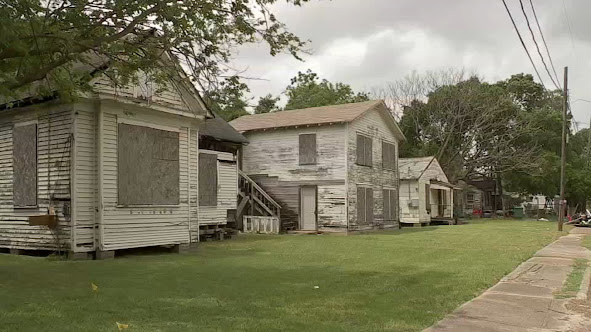
Introduction
Creosote in Houston is a topic that demands attention. Homeowners and business owners alike should be well-informed about this common issue. Creosote buildup in chimneys and fireplaces can lead to serious safety and health concerns. In this article, we will dive deep into the world of Creosote Houston, exploring the causes, risks, and effective methods for dealing with it.
What is Creosote Houston?
Creosote Houston is a highly flammable and potentially hazardous substance that accumulates in chimneys and fireplaces. It is a byproduct of incomplete combustion of wood or other solid fuels. Creosote is a dark, sticky, and tar-like substance that clings to the inner walls of chimneys, posing a significant fire hazard.
Understanding the Types of Creosote
There are three distinct types of creosote, each with varying degrees of danger:
-
First-degree creosote: This is the least problematic form, consisting of fine, powdery soot. It’s relatively easy to remove.
-
Second-degree creosote: This type is characterized by a flaky, dry appearance. While not as dangerous as third-degree creosote, it still poses risks and requires regular maintenance.
-
Third-degree creosote: The most dangerous form, third-degree creosote is thick, tar-like, and extremely difficult to remove. It presents a severe fire hazard.
Causes of Creosote Buildup
Understanding the causes of creosote buildup is essential for its prevention. Here are some common factors that contribute to creosote accumulation:
-
Burning unseasoned or wet wood
-
Restricting air supply in the fireplace or stove
-
Cold chimney temperatures
-
Infrequent chimney cleaning and maintenance
How to Detect Creosote Houston
Signs of Creosote Buildup
Detecting creosote buildup in your chimney is crucial for the safety of your home. Look out for these signs:
-
Foul Odor: A strong, unpleasant odor, often compared to a smoky or barbecue smell, is a clear indication of creosote buildup.
-
Black, Flaky Deposits: Inspect the inner walls of your chimney for black, flaky deposits.
-
Difficulty in Starting Fires: If you’re having trouble getting a fire started or keeping it burning, creosote may be the culprit.
The Importance of Regular Inspections
Regular chimney inspections by a professional are essential to detect creosote in its early stages. Annual inspections can prevent major problems down the line.
Professional Chimney Cleaning
Hiring a professional chimney sweep is the most effective way to remove creosote buildup safely and thoroughly. These experts have the tools and knowledge to perform a deep cleaning, reducing the risk of a chimney fire.
DIY Methods
If you prefer a hands-on approach, you can attempt to remove creosote using creosote-reducing logs or mechanical brushes. However, this is not as thorough as a professional cleaning and should not be your sole method of prevention.
FAQs (Frequently Asked Questions)
Q: Can I prevent creosote buildup? A: Yes, you can prevent creosote buildup by burning seasoned wood, maintaining proper airflow, and scheduling regular chimney inspections and cleanings.
Q: How often should I have my chimney inspected? A: It is recommended to have your chimney inspected at least once a year, preferably before the heating season.
Q: Is creosote dangerous to health? A: Inhaling creosote fumes can be harmful to health. It is crucial to keep your chimney clean to avoid health risks.
Q: What’s the best wood to burn to minimize creosote buildup? A: Hardwoods like oak and maple produce less creosote compared to softwoods like pine and cedar.
Q: How do I know if my chimney needs cleaning? A: If you notice any signs of creosote buildup, such as a foul odor or black deposits, it’s time for a cleaning.
Q: Can creosote cause chimney fires? A: Yes, creosote is highly flammable and can cause chimney fires if not properly maintained.